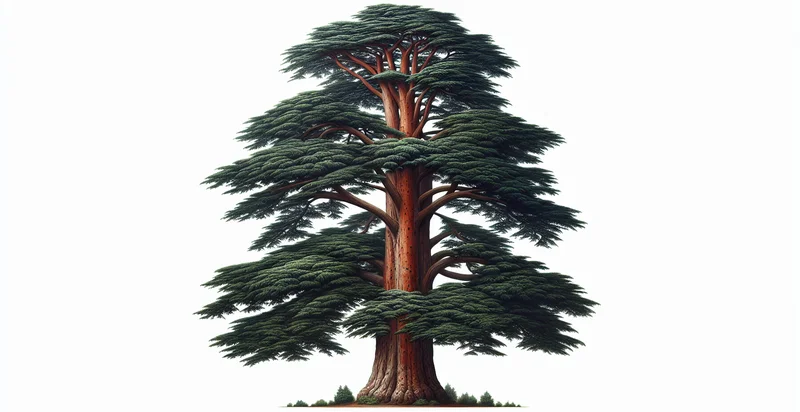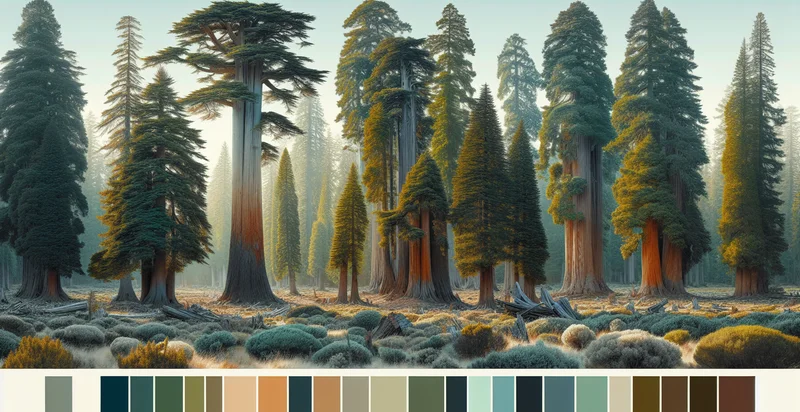Identify if tree is a cedar
using AI
Below is a free classifier to identify if tree is a cedar. Just upload your image, and our AI will predict if it's a cedar tree - in just seconds.

Contact us for API access
Or, use Nyckel to build highly-accurate custom classifiers in just minutes. No PhD required.
Get started
import nyckel
credentials = nyckel.Credentials("YOUR_CLIENT_ID", "YOUR_CLIENT_SECRET")
nyckel.invoke("if-tree-is-a-cedar", "your_image_url", credentials)
fetch('https://www.nyckel.com/v1/functions/if-tree-is-a-cedar/invoke', {
method: 'POST',
headers: {
'Authorization': 'Bearer ' + 'YOUR_BEARER_TOKEN',
'Content-Type': 'application/json',
},
body: JSON.stringify(
{"data": "your_image_url"}
)
})
.then(response => response.json())
.then(data => console.log(data));
curl -X POST \
-H "Content-Type: application/json" \
-H "Authorization: Bearer YOUR_BEARER_TOKEN" \
-d '{"data": "your_image_url"}' \
https://www.nyckel.com/v1/functions/if-tree-is-a-cedar/invoke
How this classifier works
To start, upload your image. Our AI tool will then predict if it's a cedar tree.
This pretrained image model uses a Nyckel-created dataset and has 2 labels, including Is Cedar and Is Not Cedar.
We'll also show a confidence score (the higher the number, the more confident the AI model is around if it's a cedar tree).
Whether you're just curious or building if tree is a cedar detection into your application, we hope our classifier proves helpful.
Related Classifiers
Need to identify if tree is a cedar at scale?
Get API or Zapier access to this classifier for free. It's perfect for:
- Forestry Management: This function can be used to identify cedar trees in a forest ecosystem, aiding in effective forestry management and conservation efforts. By recognizing these trees, managers can implement targeted strategies for protection, logging practices, and biodiversity conservation.
- Tree Inventory Systems: Businesses that maintain tree inventories can utilize this image classification function to automate the detection of cedar trees. This will streamline data collection processes, enhance accuracy, and provide real-time updates for urban planners and landscapers.
- Landscape Design: Landscape architects can use cedar identification to select appropriate plants for design projects. By knowing the presence of cedar trees, they can consider ecological relationships and aesthetic values, ensuring harmonious and sustainable landscape designs.
- Ecological Research: Researchers studying forest ecology can employ this function to classify cedar trees during field studies. The data obtained can help assess the health of cedar populations, their role in the ecosystem, and response to environmental changes.
- Pest and Disease Management: This function can assist in monitoring cedar forests for signs of pest infestations or diseases. Identifying affected trees early allows for timely interventions that can prevent widespread damage to these important tree species.
- Wildlife Habitat Monitoring: Wildlife biologists can use cedar identification to study habitats that are critical for certain bird and animal species. Understanding the distribution of cedars helps in conservation planning and environmental impact assessments.
- Carbon Sequestration Studies: Environmental scientists can use cedar identification to quantify carbon storage in forests. This function aids in the monitoring of cedar tree distribution and biomass, contributing valuable data for climate change research and carbon credit programs.


